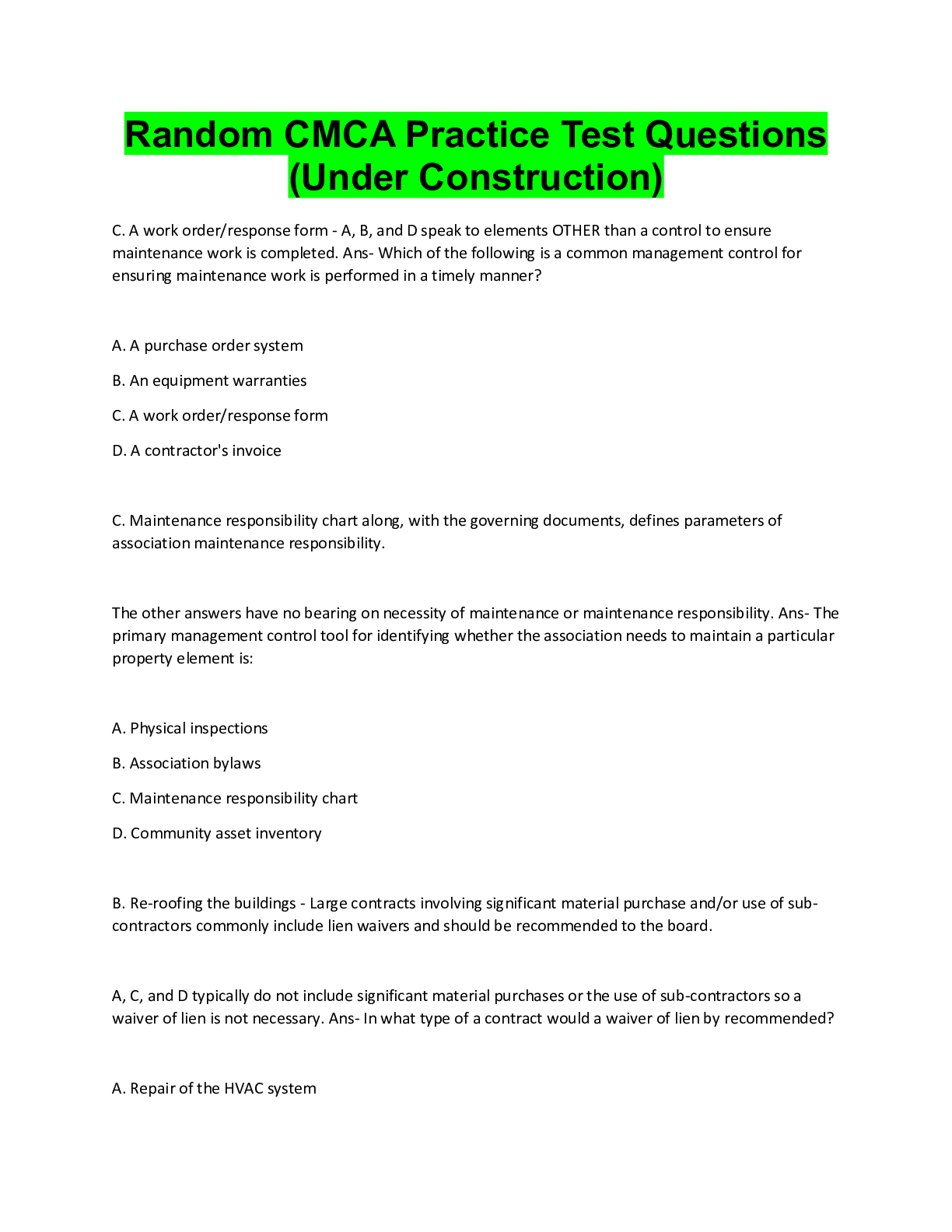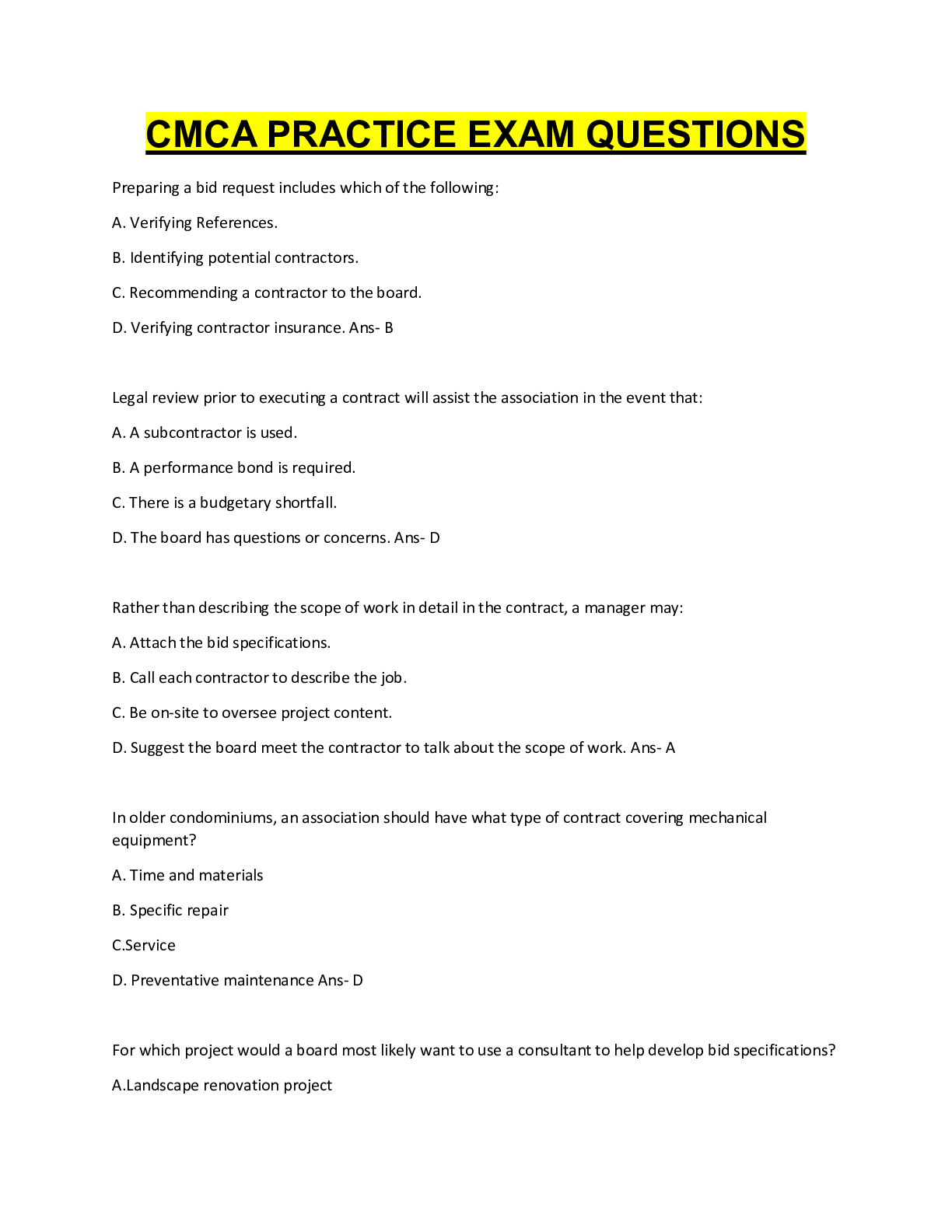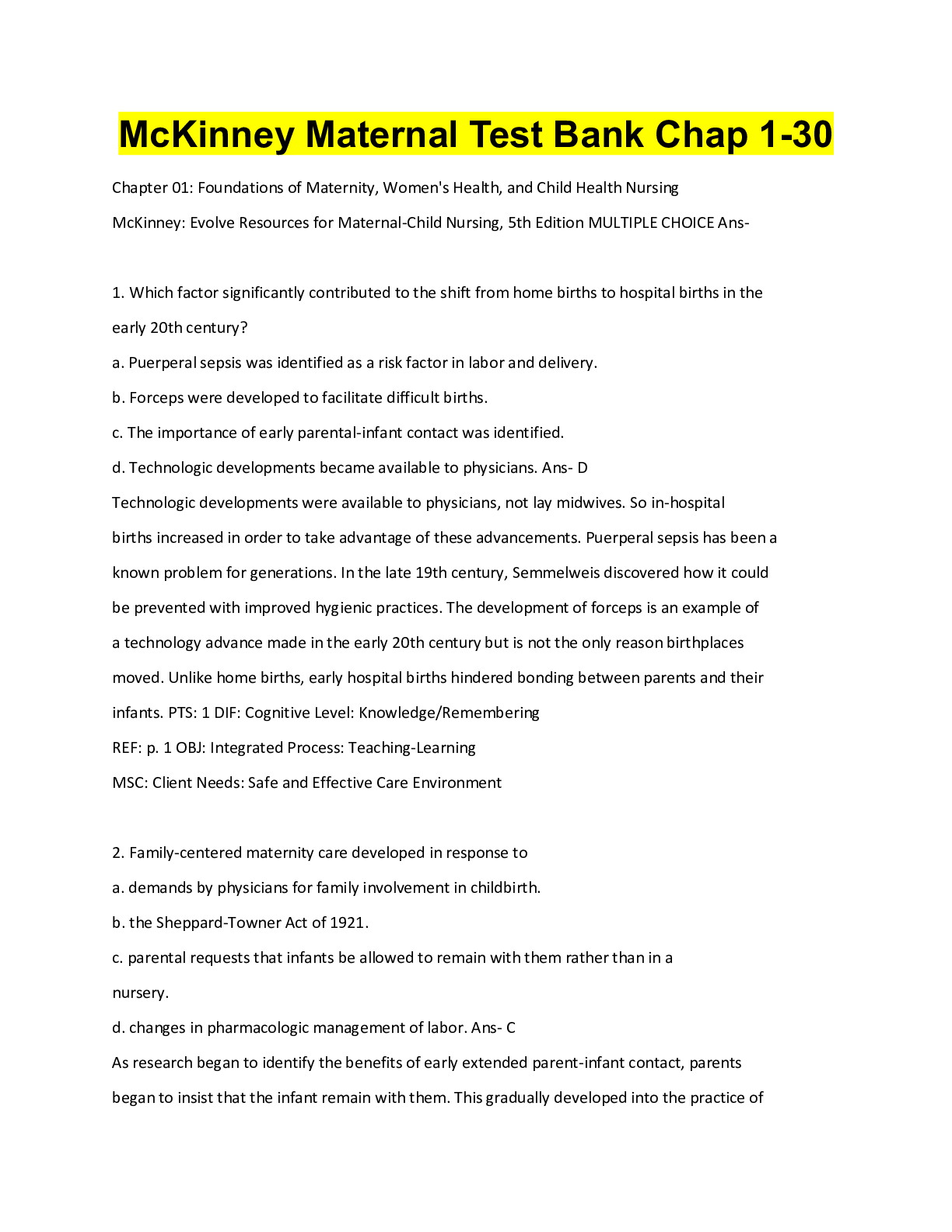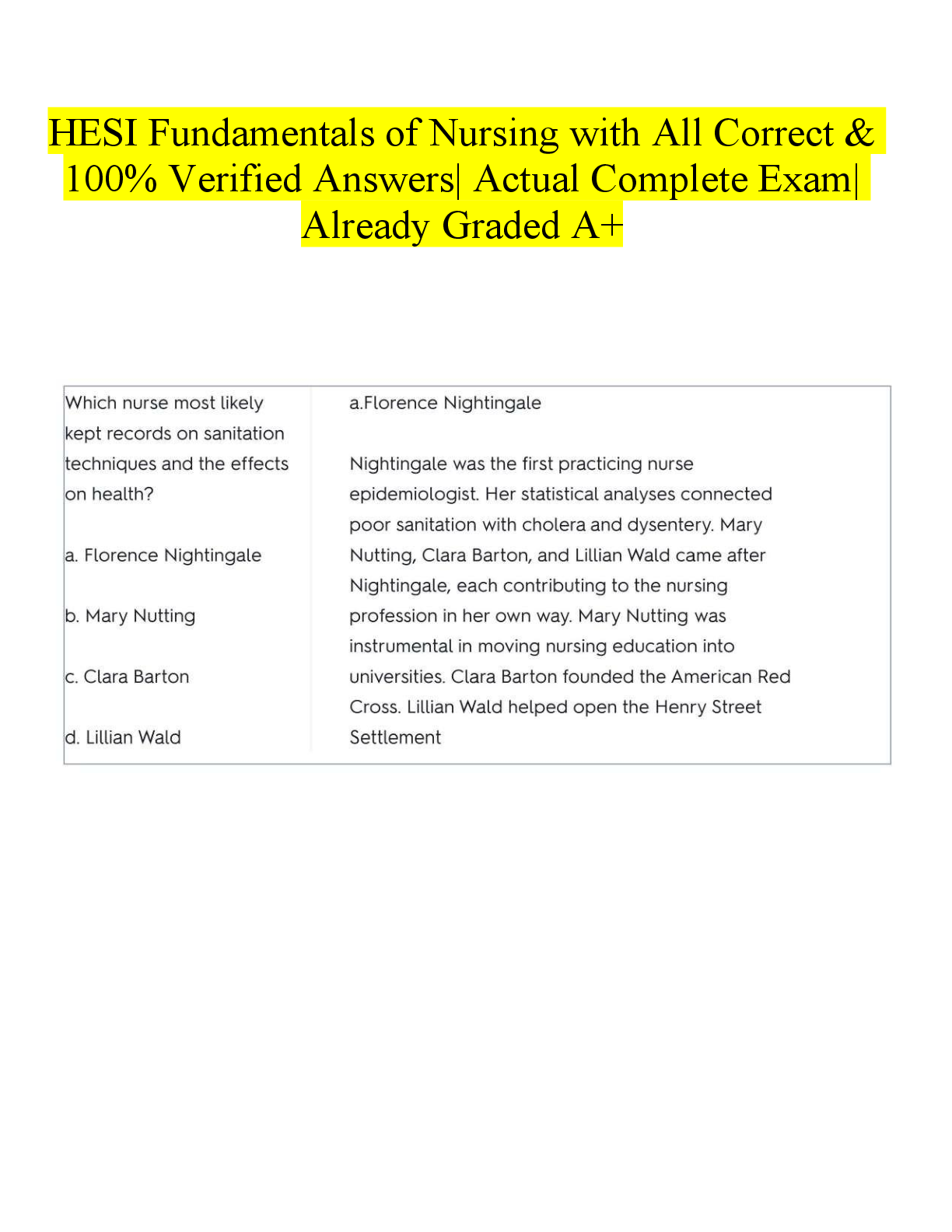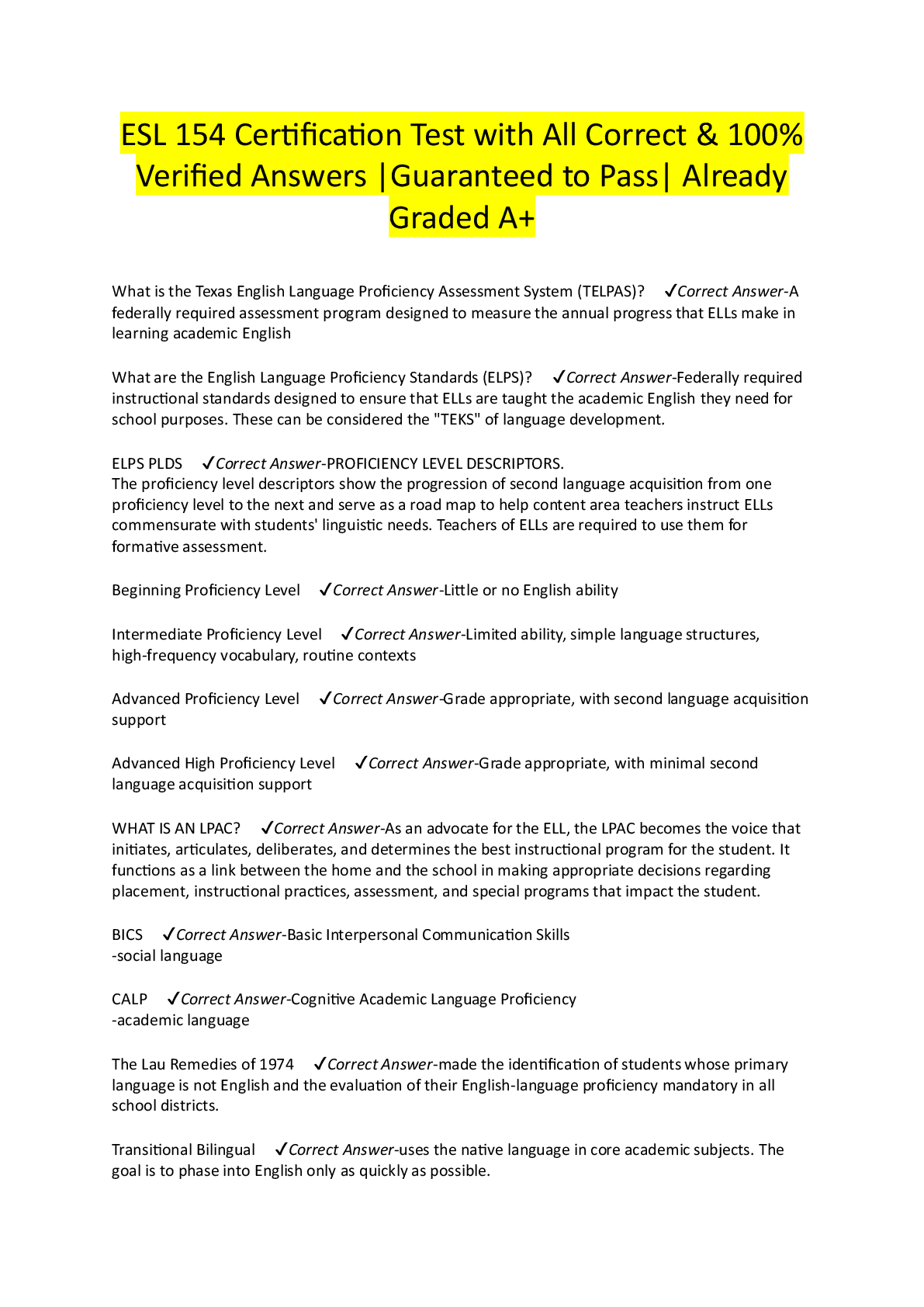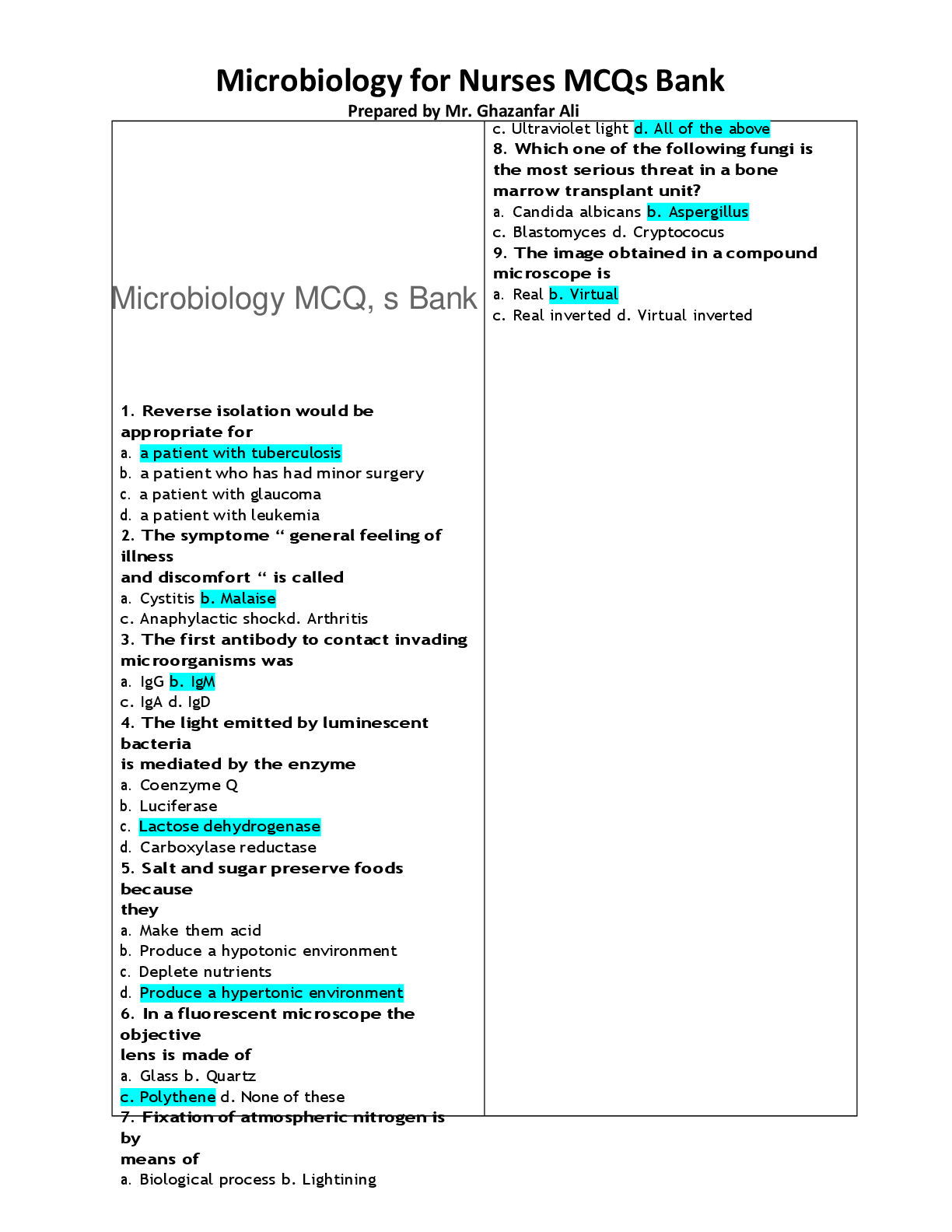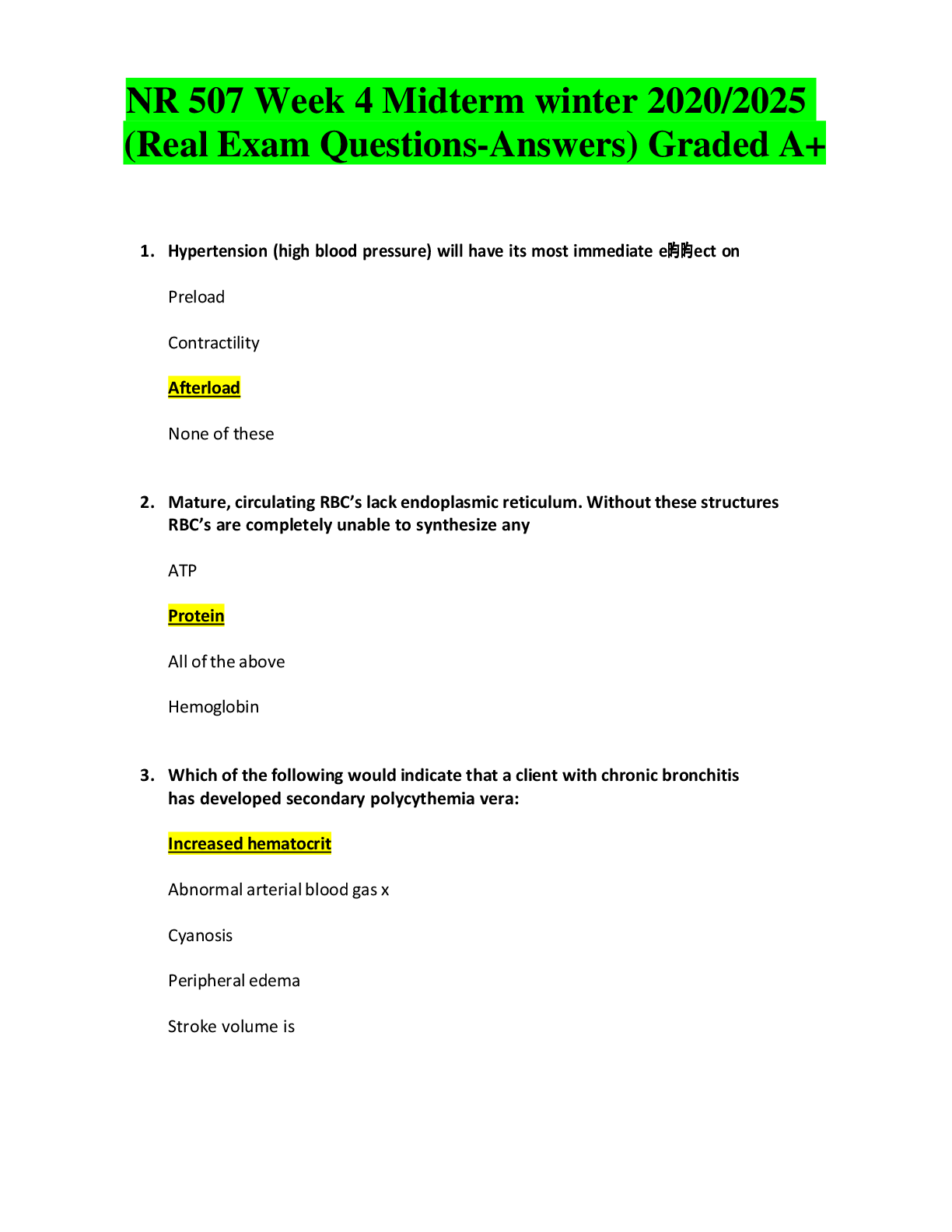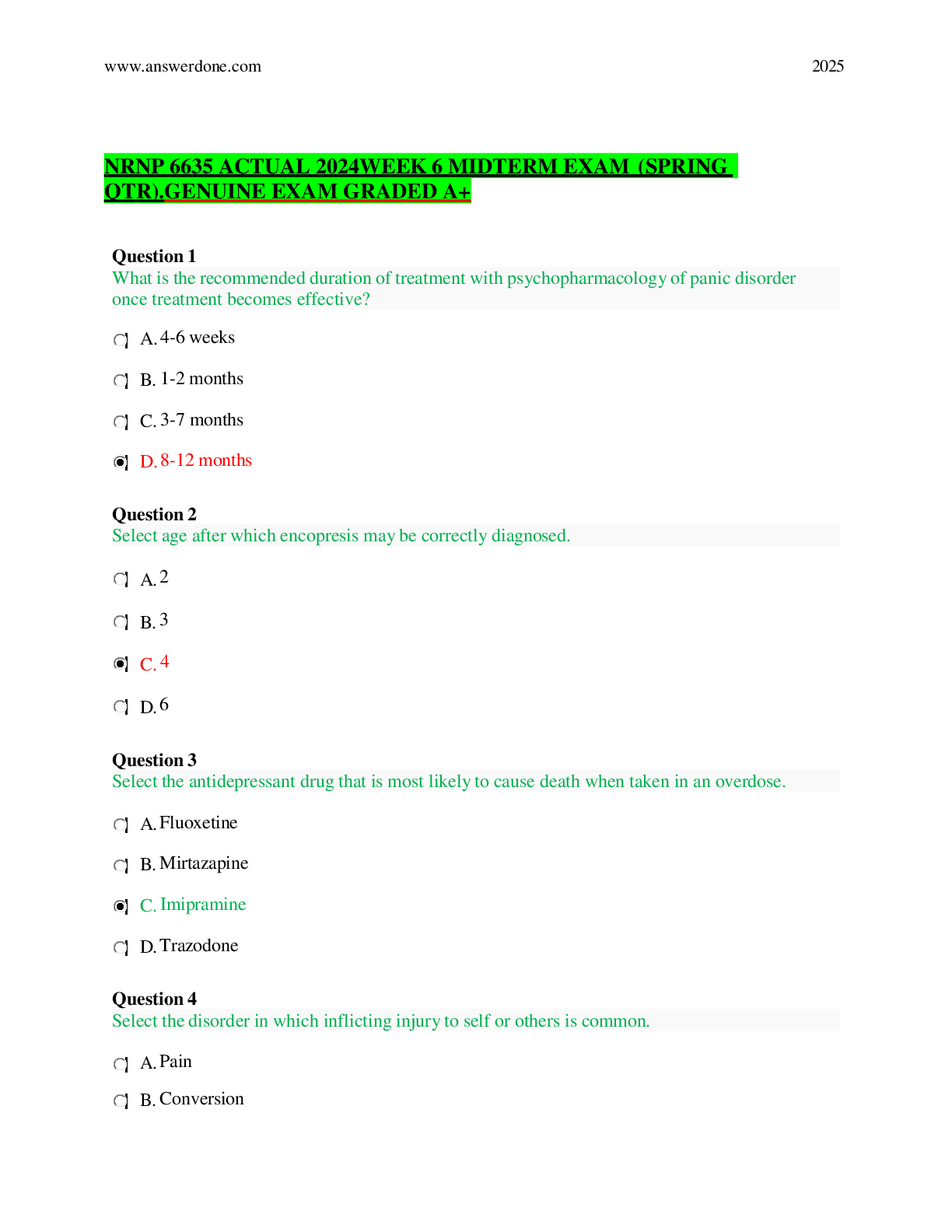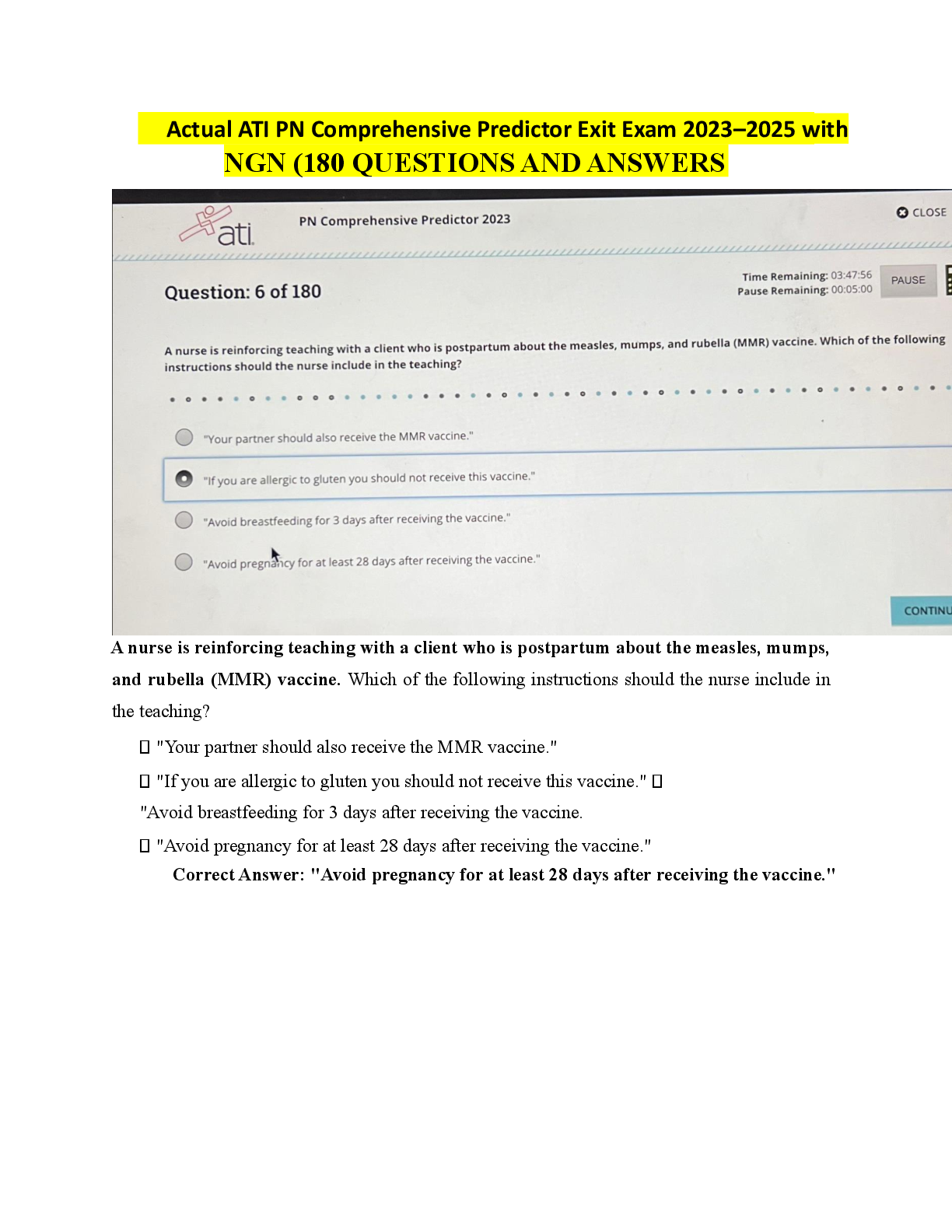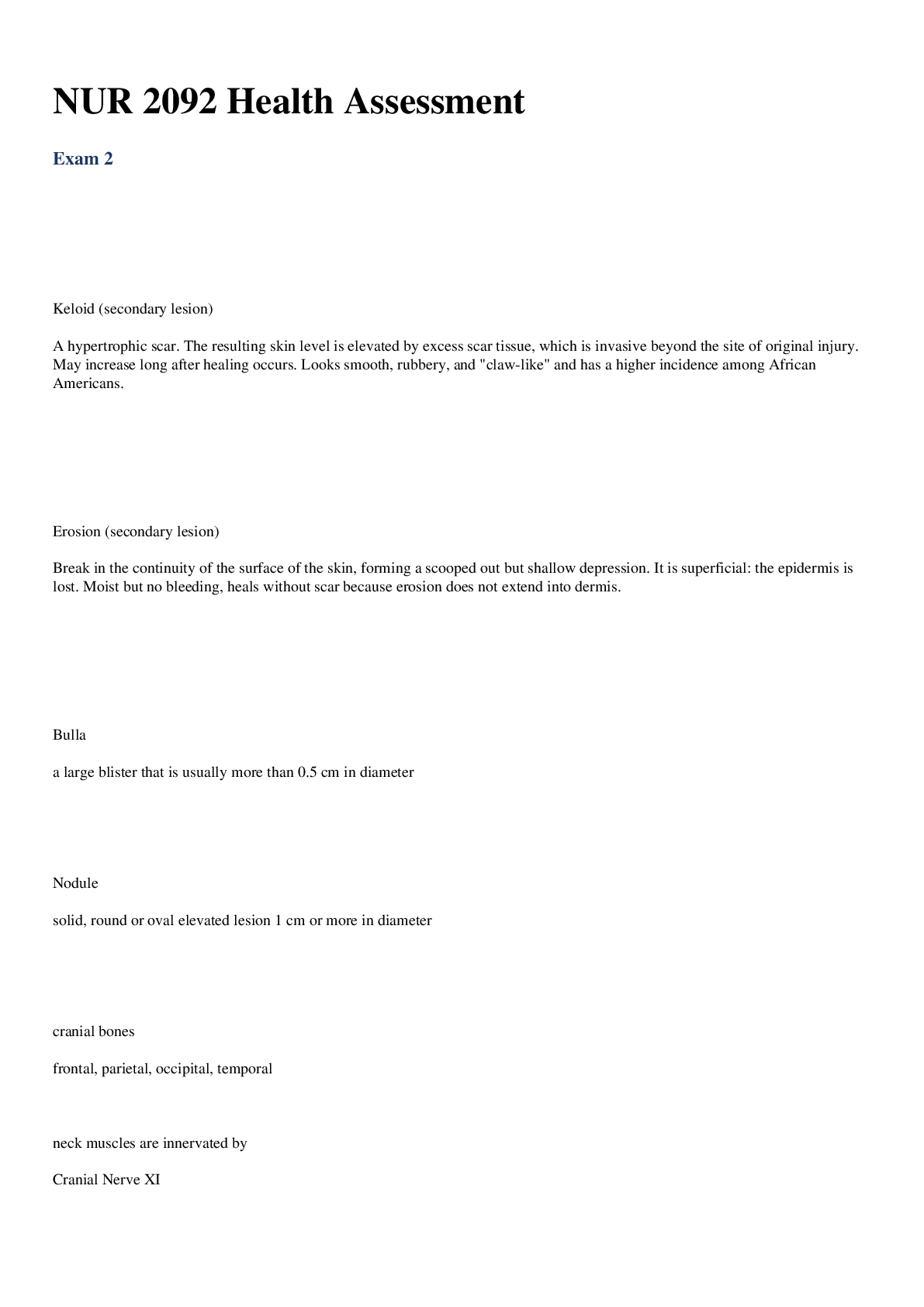
Simulation Model of Chemblends Company
$ 7
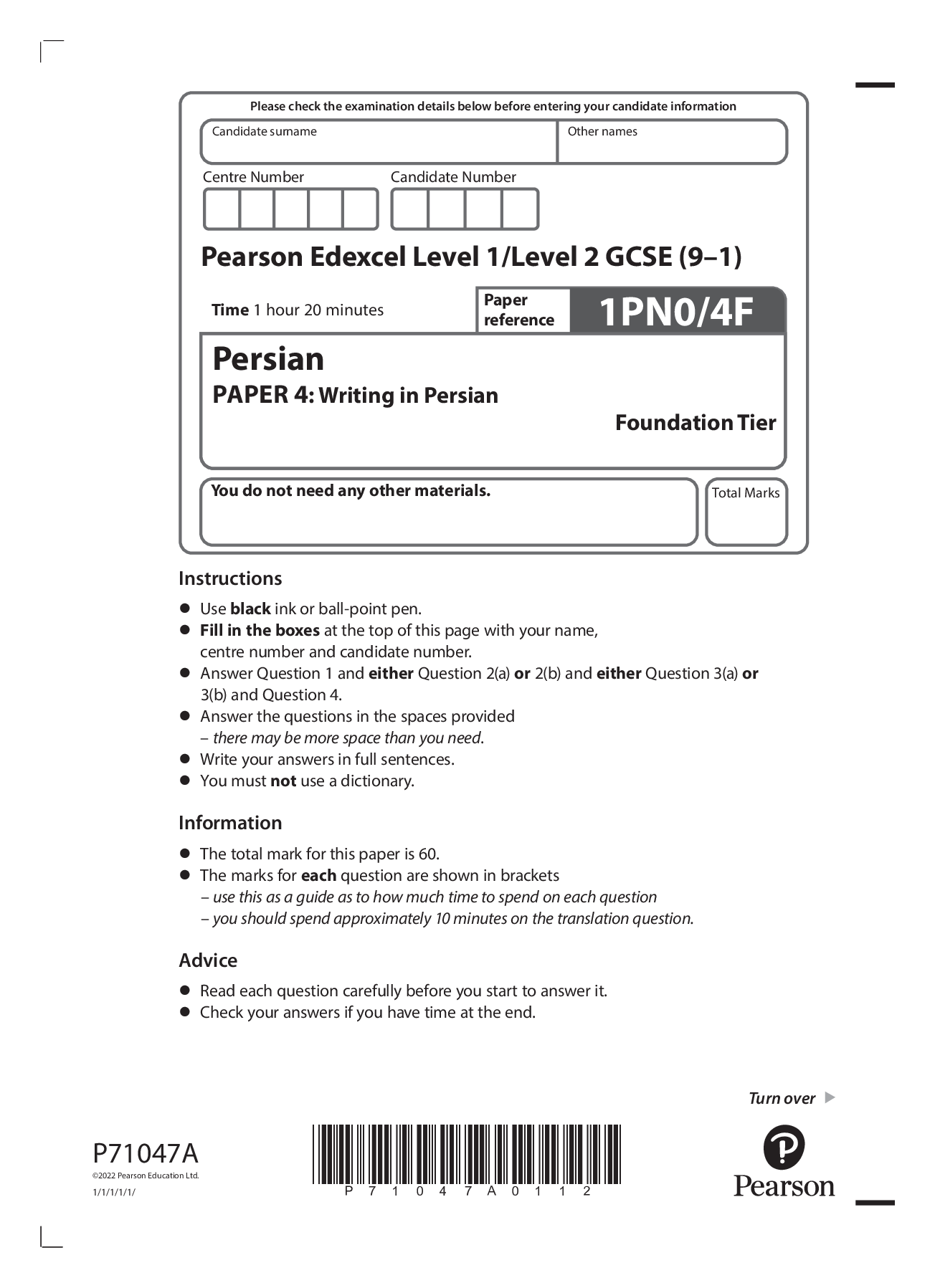
Pearson Edexcel Level 1/Level 2 GCSE (9-1 ) Time 1 hour 20 minutes Persian Paper reference PAPER 4: Writing in Persian 1 PNO/4F Foundation Tier
$ 7

eBook Introducing Architectural Theory Expanding the Disciplinary Debate 2nd Edition By Korydon Smith, Miguel Guitart
$ 29

AQA A-level Systems, Programing & Algorithms (7517) Calculations and Logic Mark Scheme. 2021 ASSESSMENT MATERIALS MARK SCHEME and QP
$ 7.5
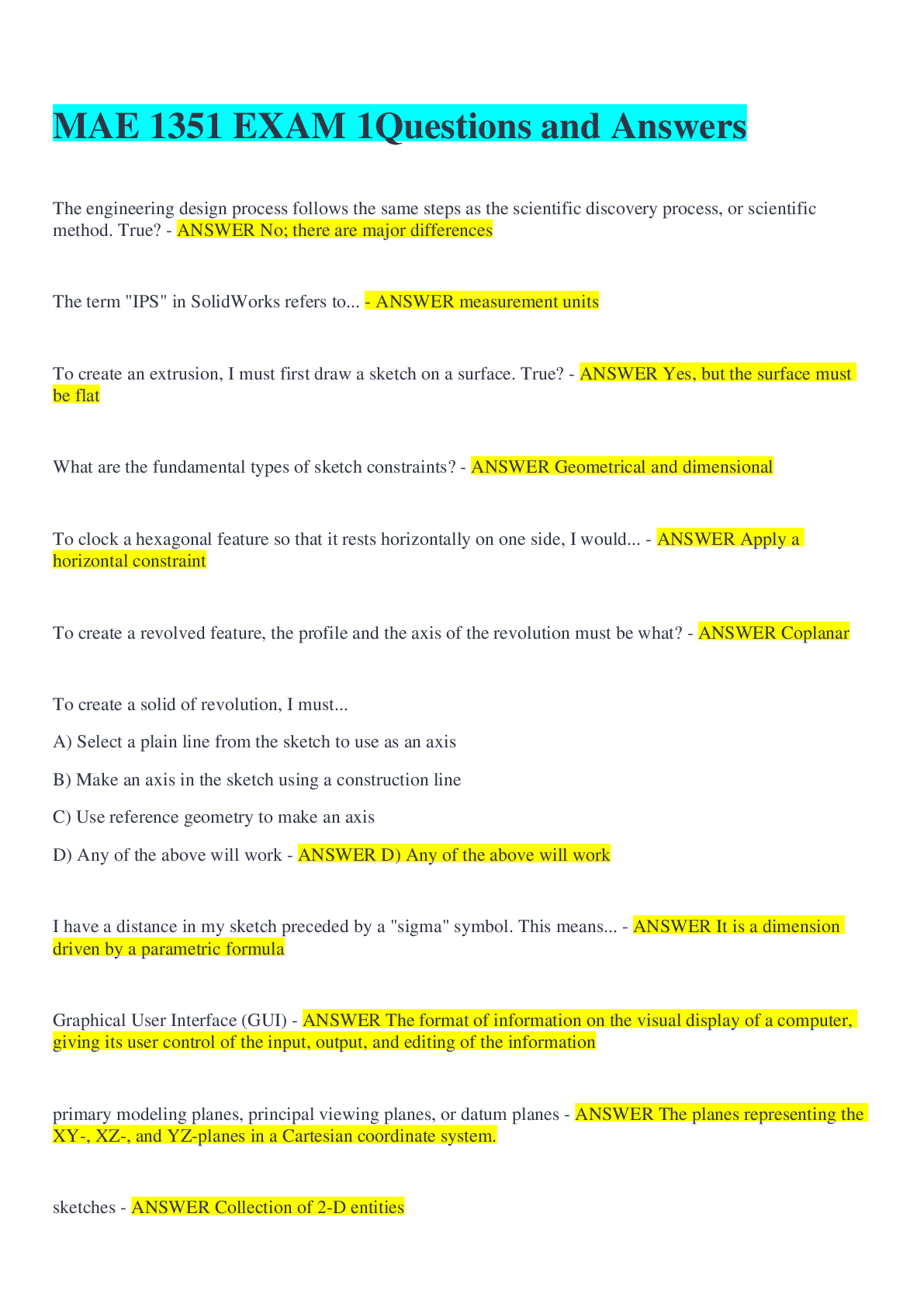
MAE 1351 EXAM 1Questions and Answers
$ 8
.png)
Pearson Edexcel Level 3 GCE 9FR0/02 2022 French Advanced PAPER 2: Written response to works and translation
$ 8
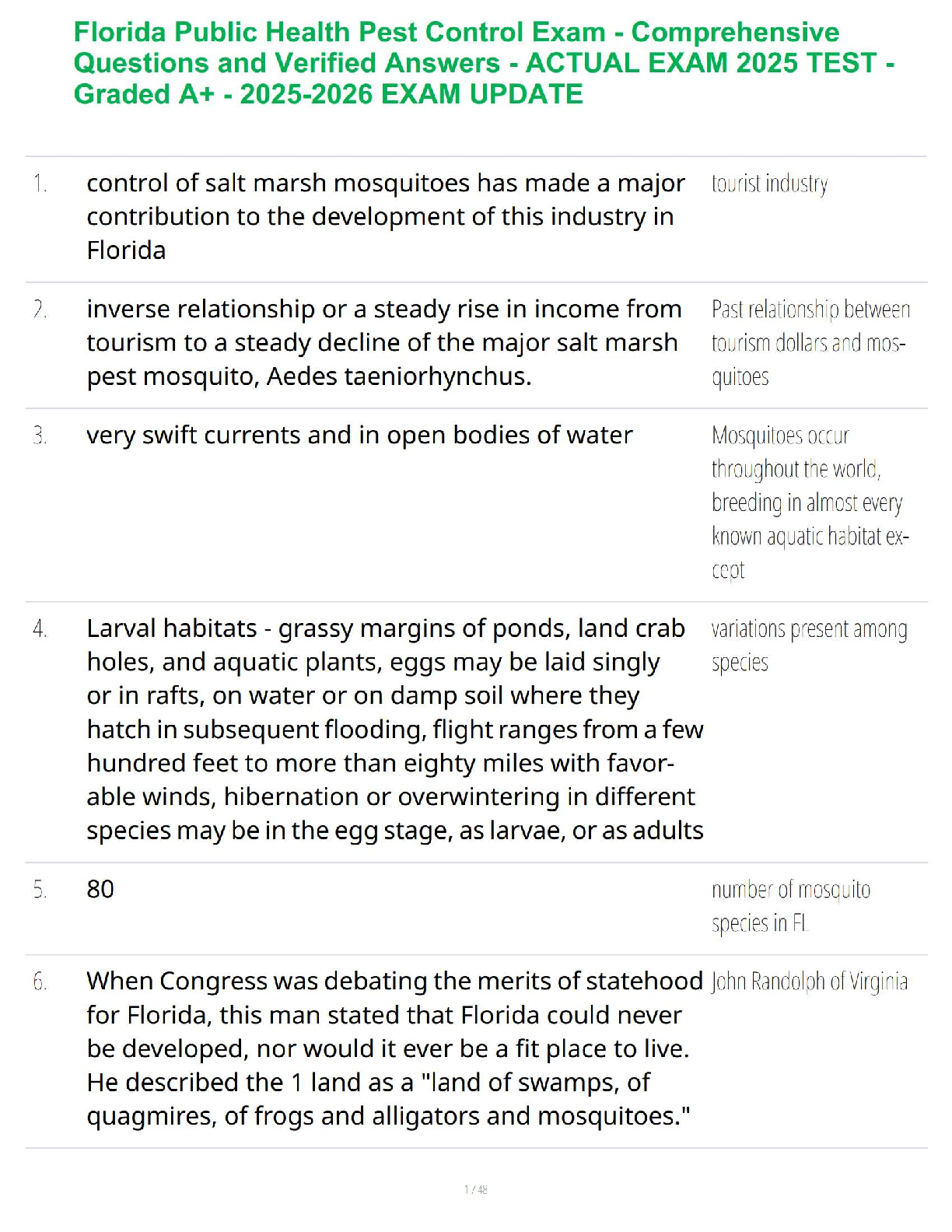
Florida Public Health Pest Control Exam - Comprehensive Questions and Verified Answers - ACTUAL EXAM 2025 TEST - Graded A+ - 2025-2026 EXAM UPDATE
$ 36
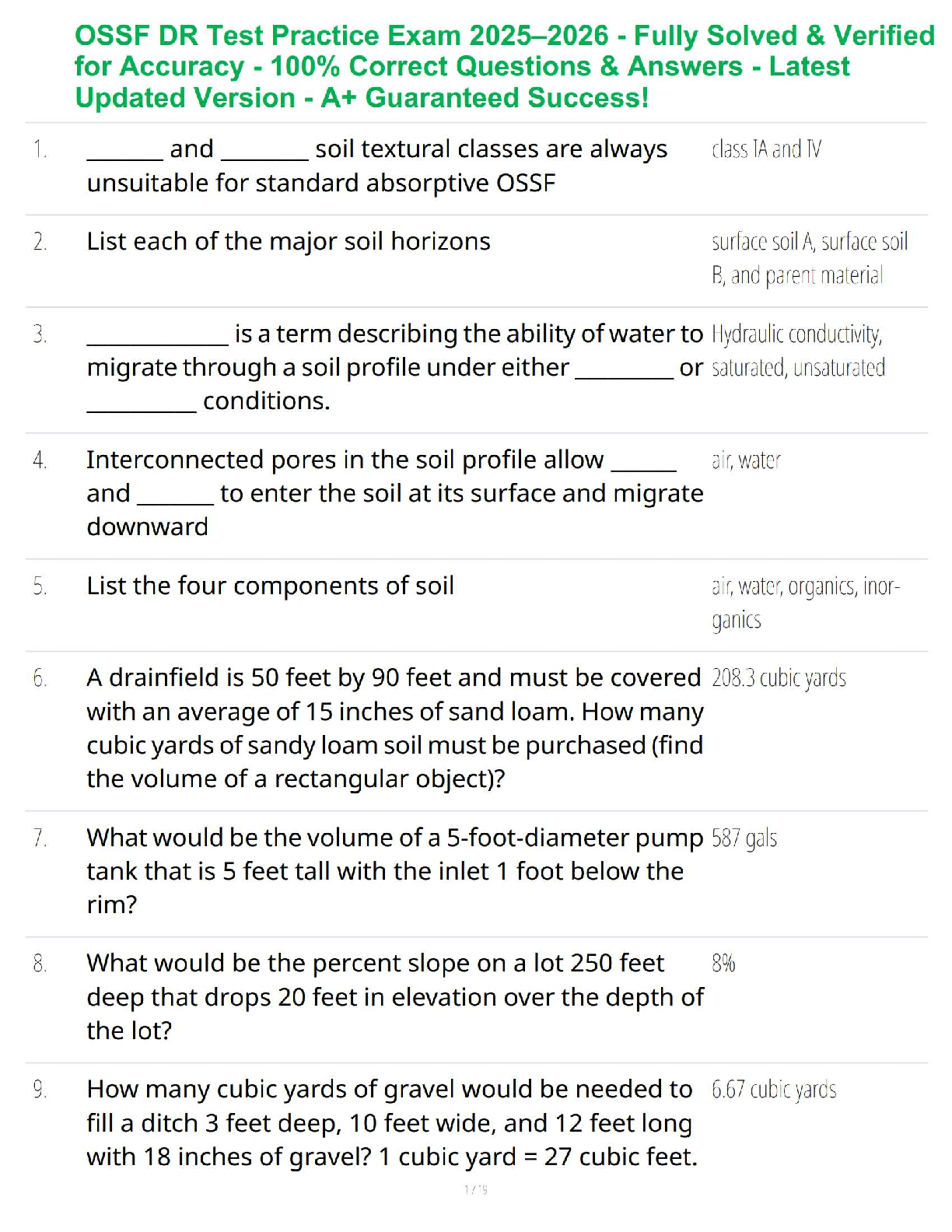
OSSF DR Test Practice Exam 2025–2026 - Fully Solved & Verified for Accuracy - 100% Correct Questions & Answers - Latest Updated Version - A+ Guaranteed Success!
$ 14.5

CH 8-Properties of Galaxies-Assignment
$ 9

Southern New Hampshire University MAT 125 Final Project-REVIEWED AND VERIFIED BY EXPERTS 2021
$ 15

NATIONAL HEALTH CAREER ASSOCIATION (NHA) CERTIFIED PHLEBOTOMY TECHNICIAN (CPT) EXAM QUESTIONS AND CORRECT DETAILED ANSWERS 2025
$ 16

Pearson Edexcel GCE In Biology B (9BI0/01) Paper 1: Advanced Biochemistry, Microbiology and Genetics Mark Scheme (Results) October 2020
$ 5

Professional performance in a team environment
$ 6.5
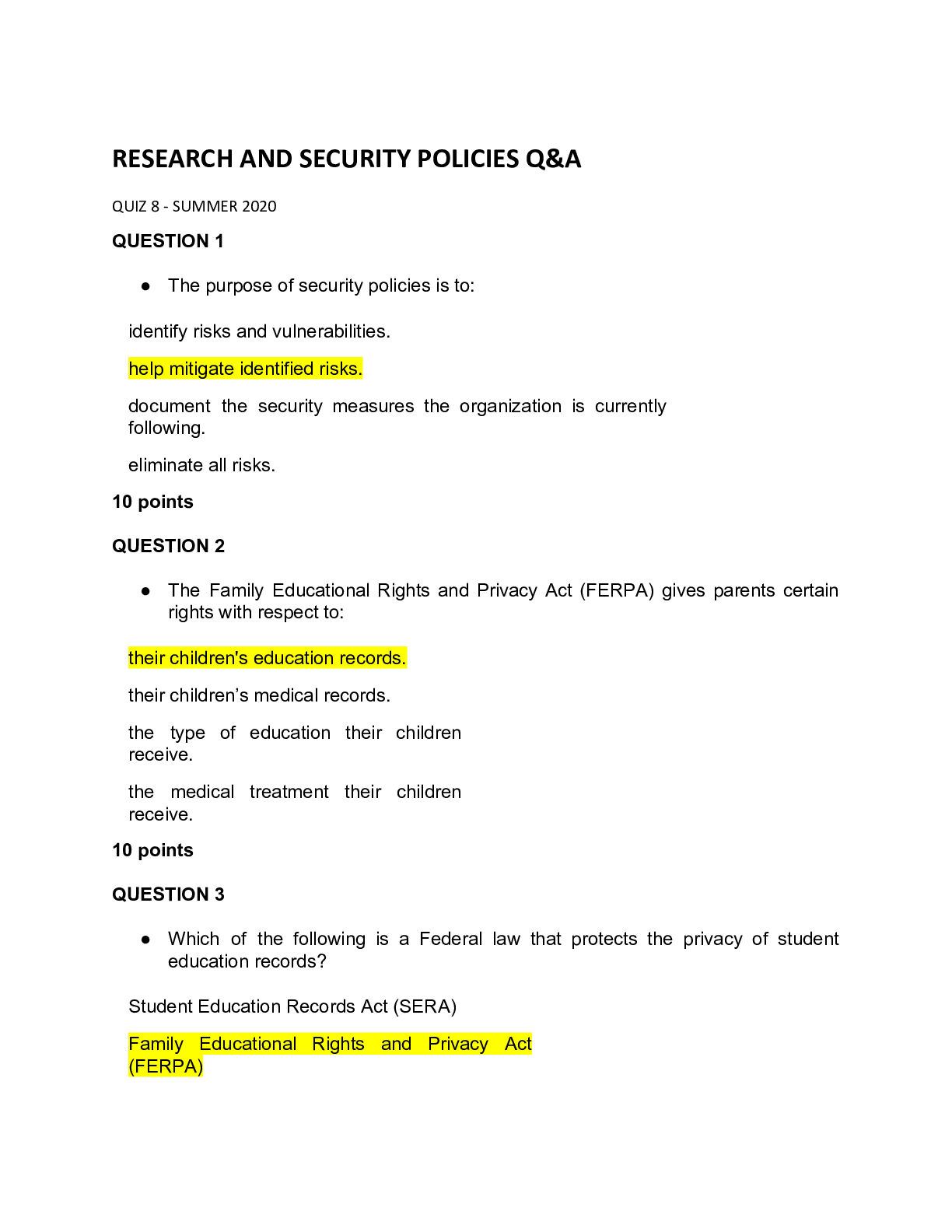
RESEARCH AND SECURITY POLICIES Q&A
$ 9
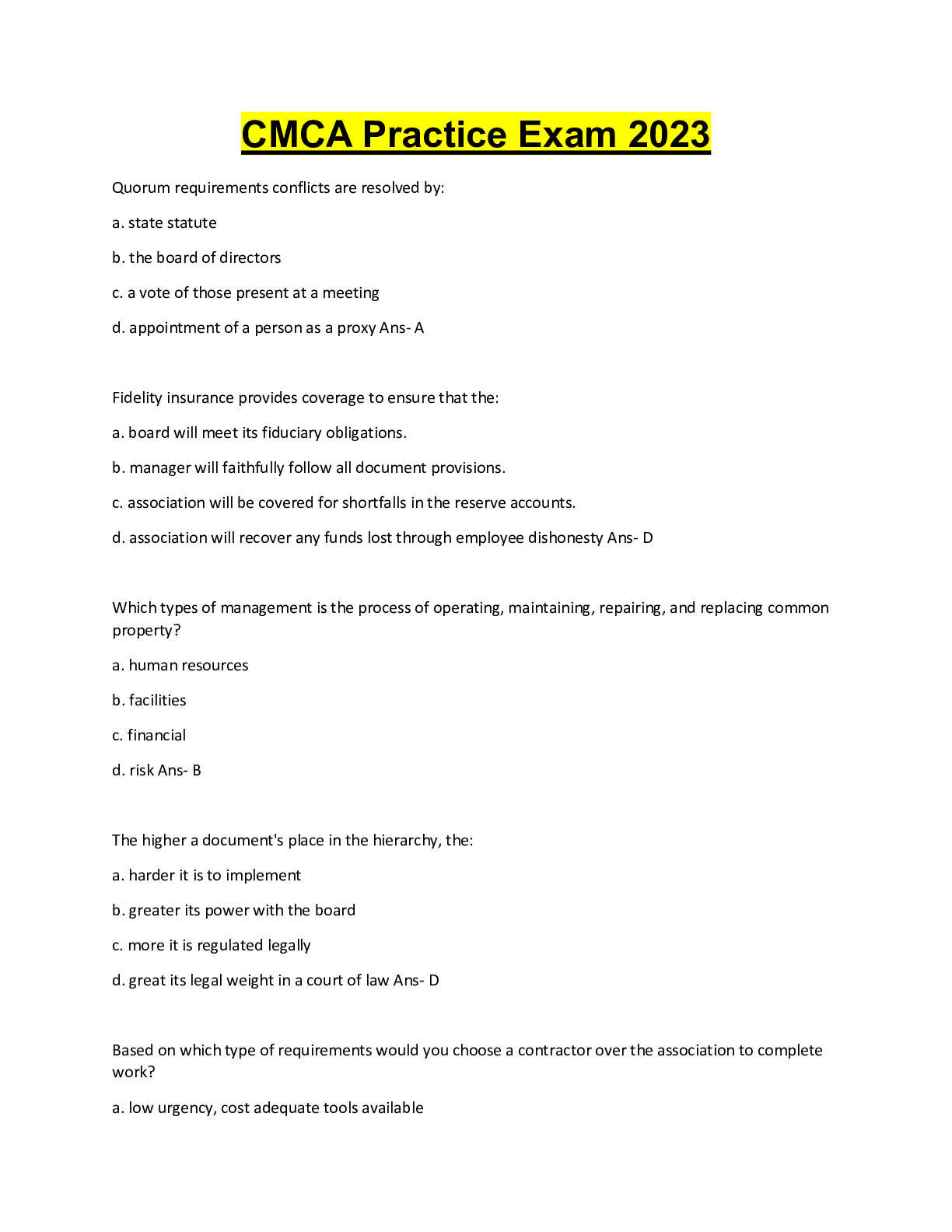
CMCA Practice Exam 2023
$ 10
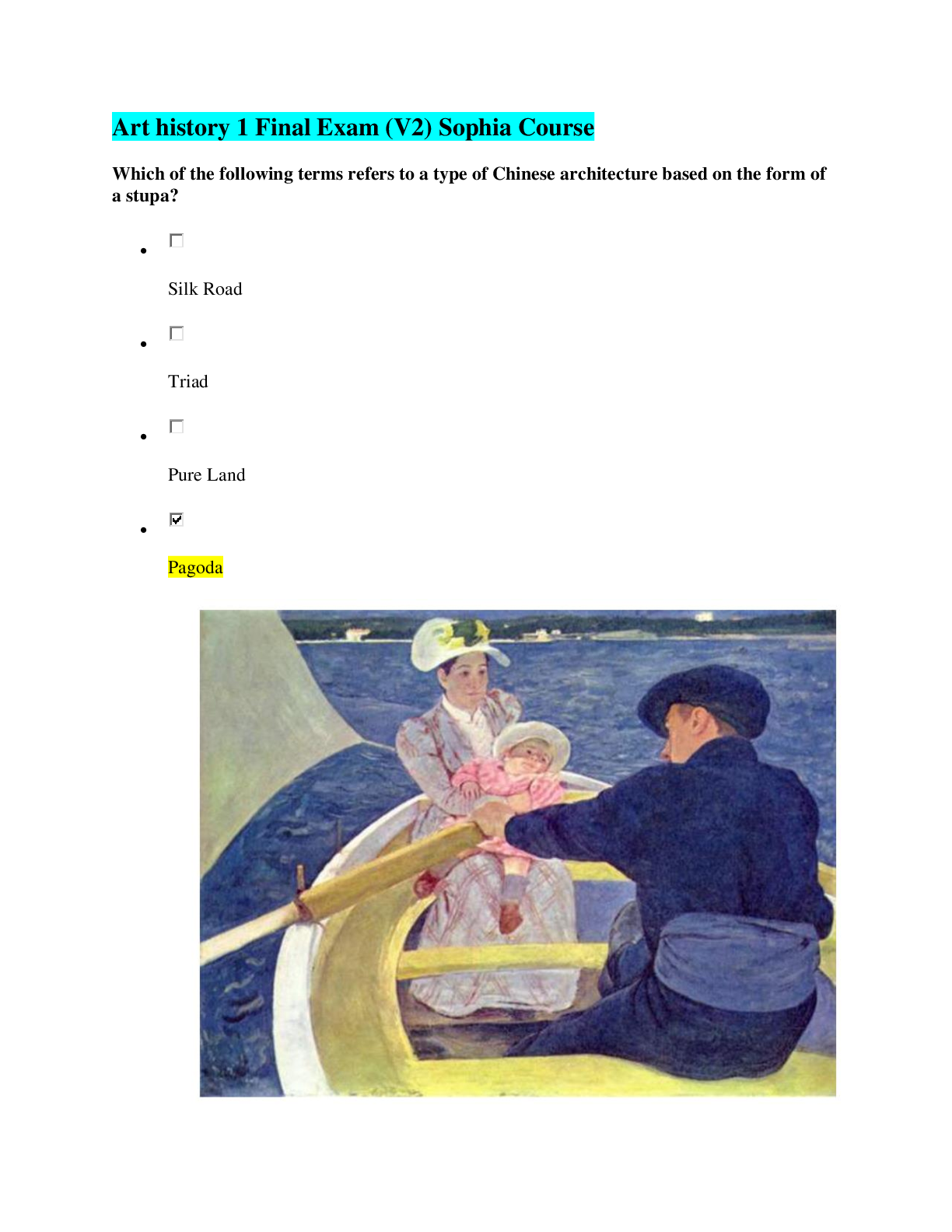
Art history 1 Final Exam (V2) Sophia Course (solution) Latest Fall 2020.
$ 12
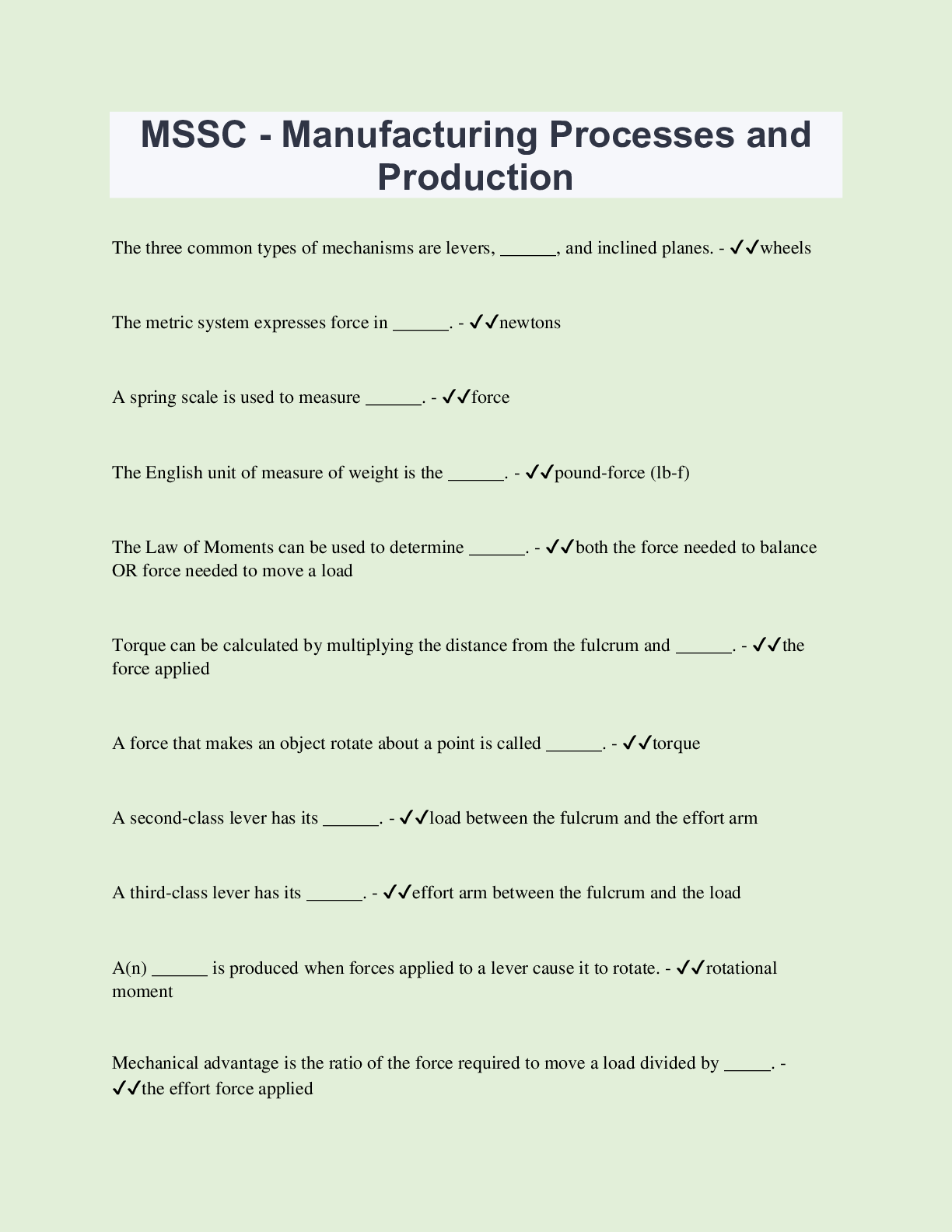
MSSC - Manufacturing Processes and Production | 105 Questions with 100% Correct Answers | Updated & Verified
$ 10
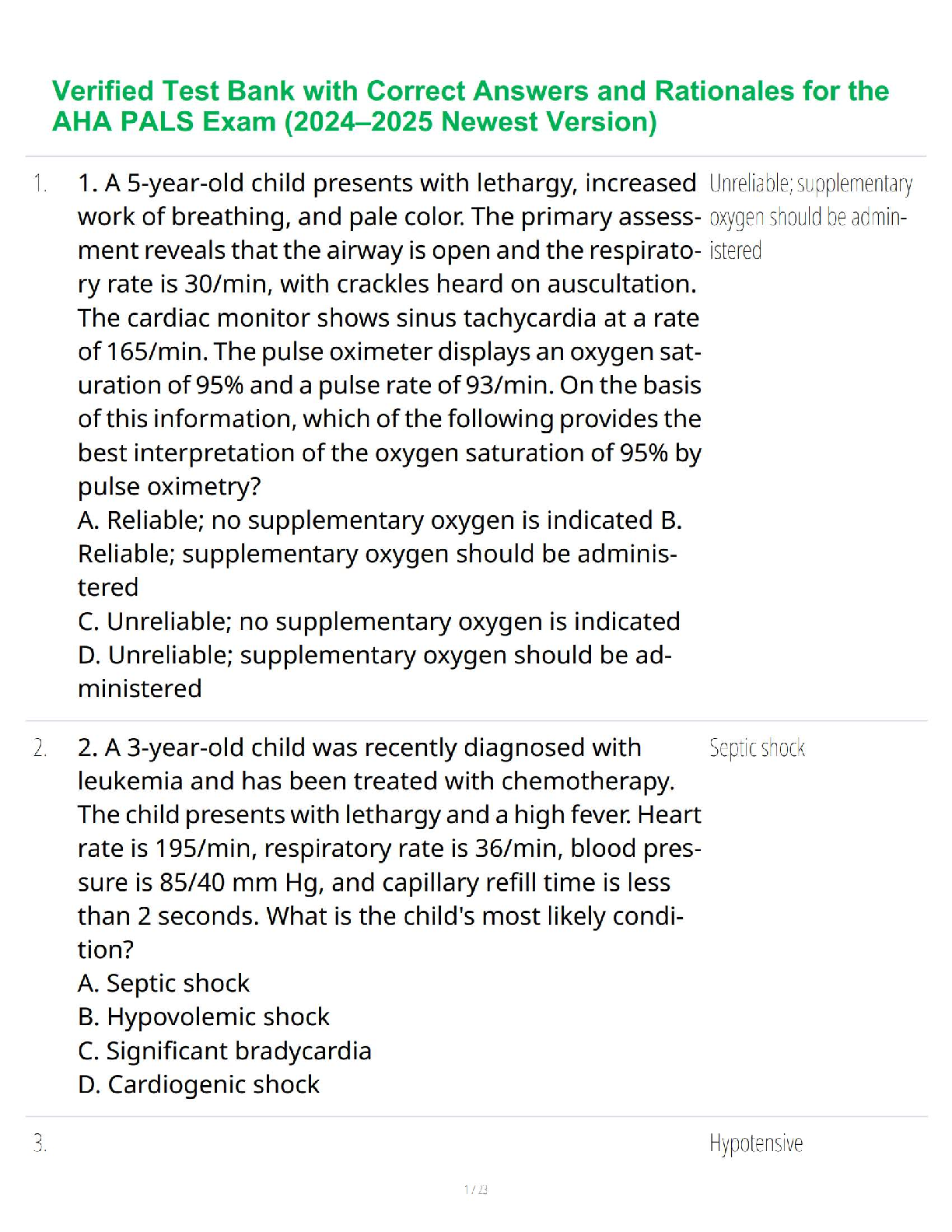
Verified Test Bank with Correct Answers and Rationales for the AHA PALS Exam (2024–2025 Newest Version)
$ 18
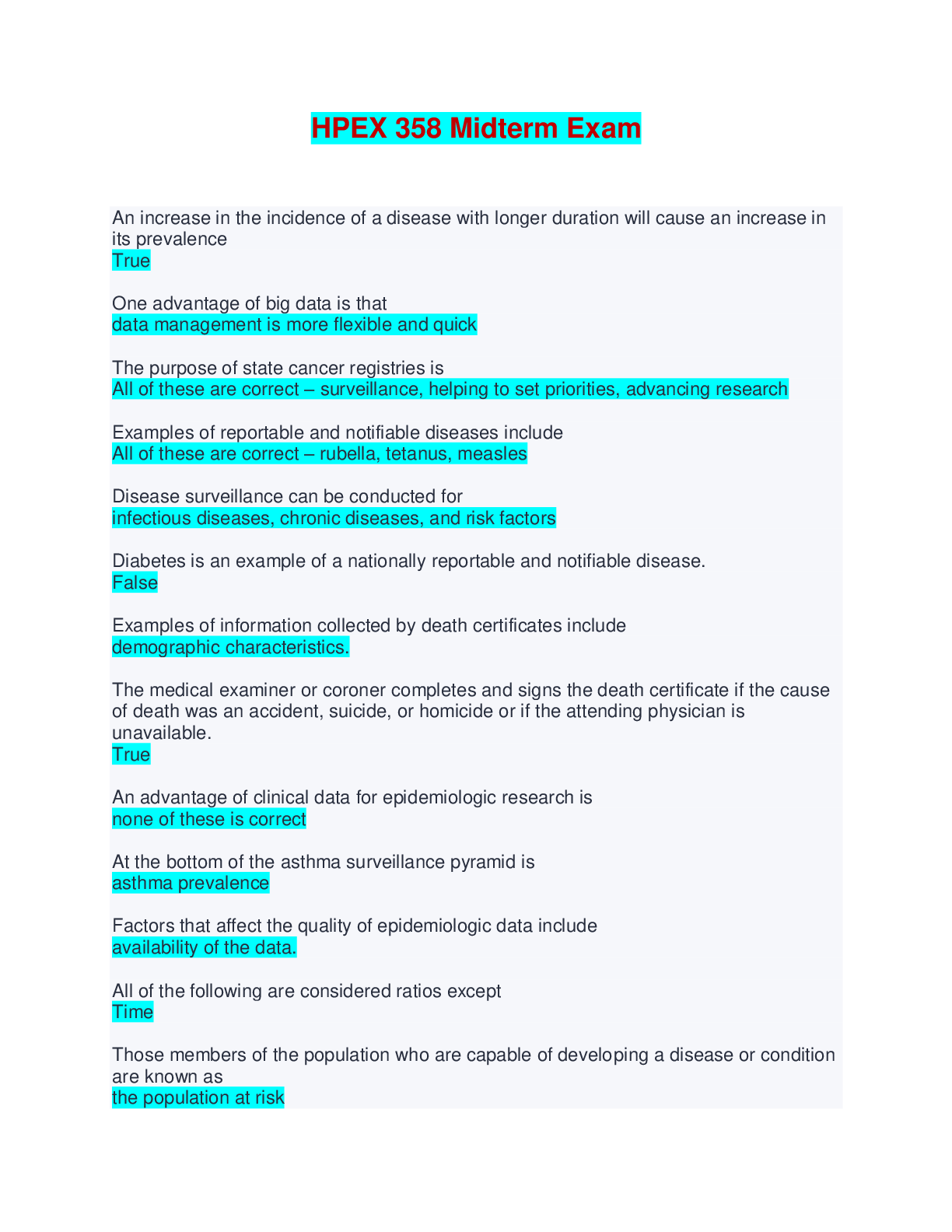
HPEX 358 Midterm Exam - Questions and Answers
$ 12
.png)
Pearson Edexcel Level 3 GCE Geography Advanced PAPER 2 9GE0/02
$ 8

FTCE: Elementary Education (Florida Teacher Certification Examination) This study set uses NavaEd K6 Subject Area Exam Prep by Kathleen Jasper and REA FTCE Elementary Education K-6 by Rhonda Atkinson
$ 14
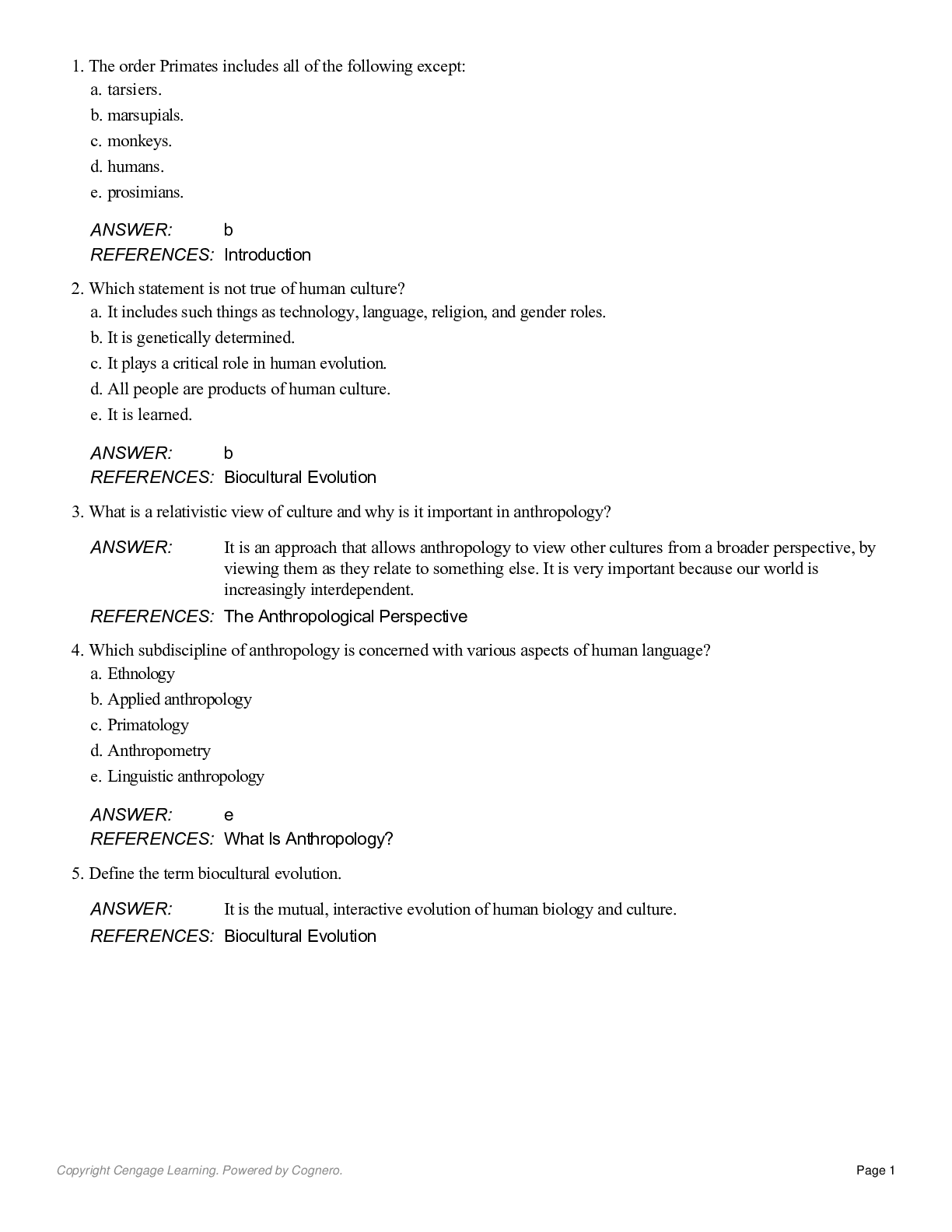
Test Bank for Essentials of Physical Anthropology 10th Edition Jurmain, Robert, Lynn, Wenda, Bartelink
$ 19
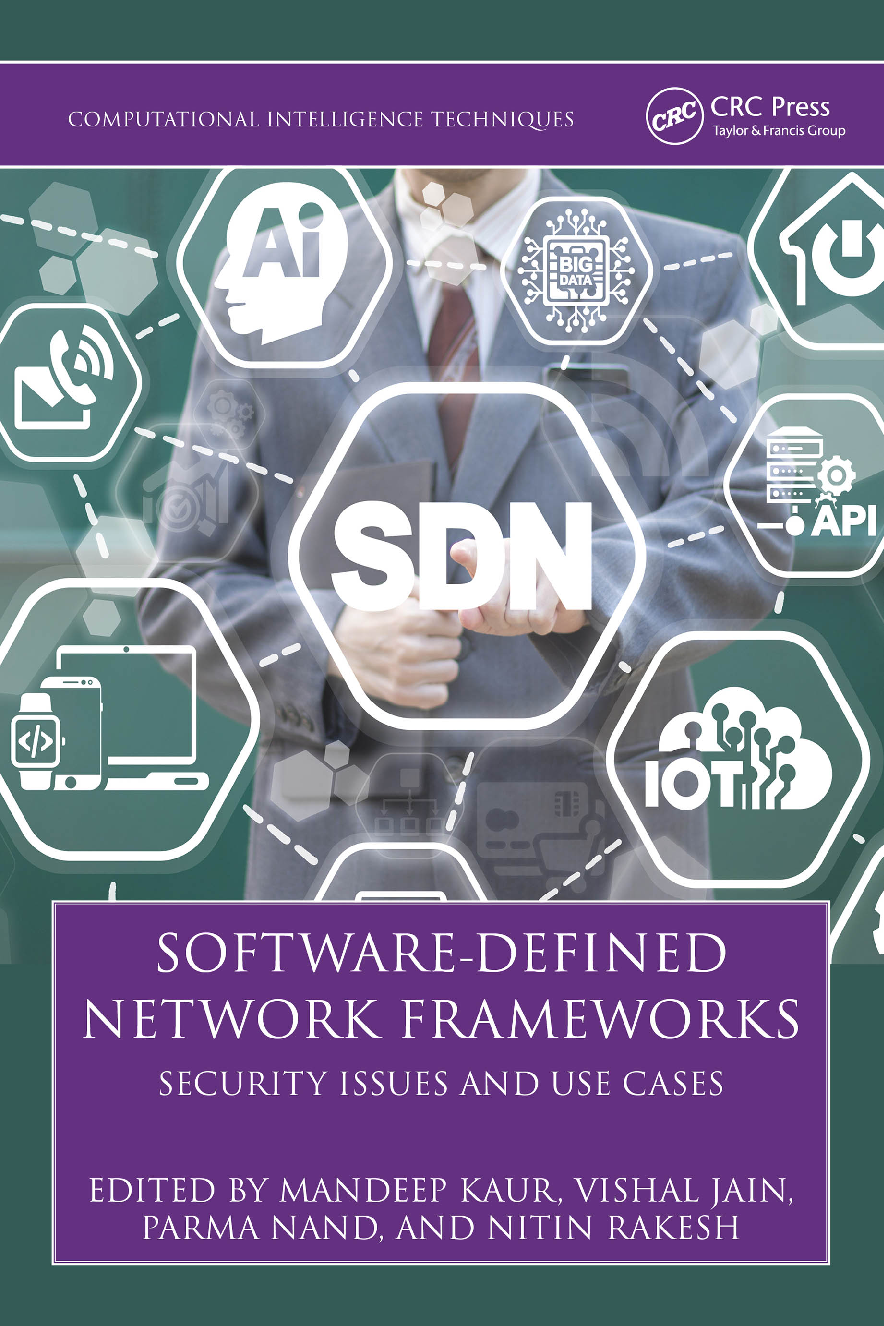
eBook [PDF] Software Defined Network Frameworks 1st Edition By Mandeep Kaur, Vishal Jain, Parma Nand
$ 20
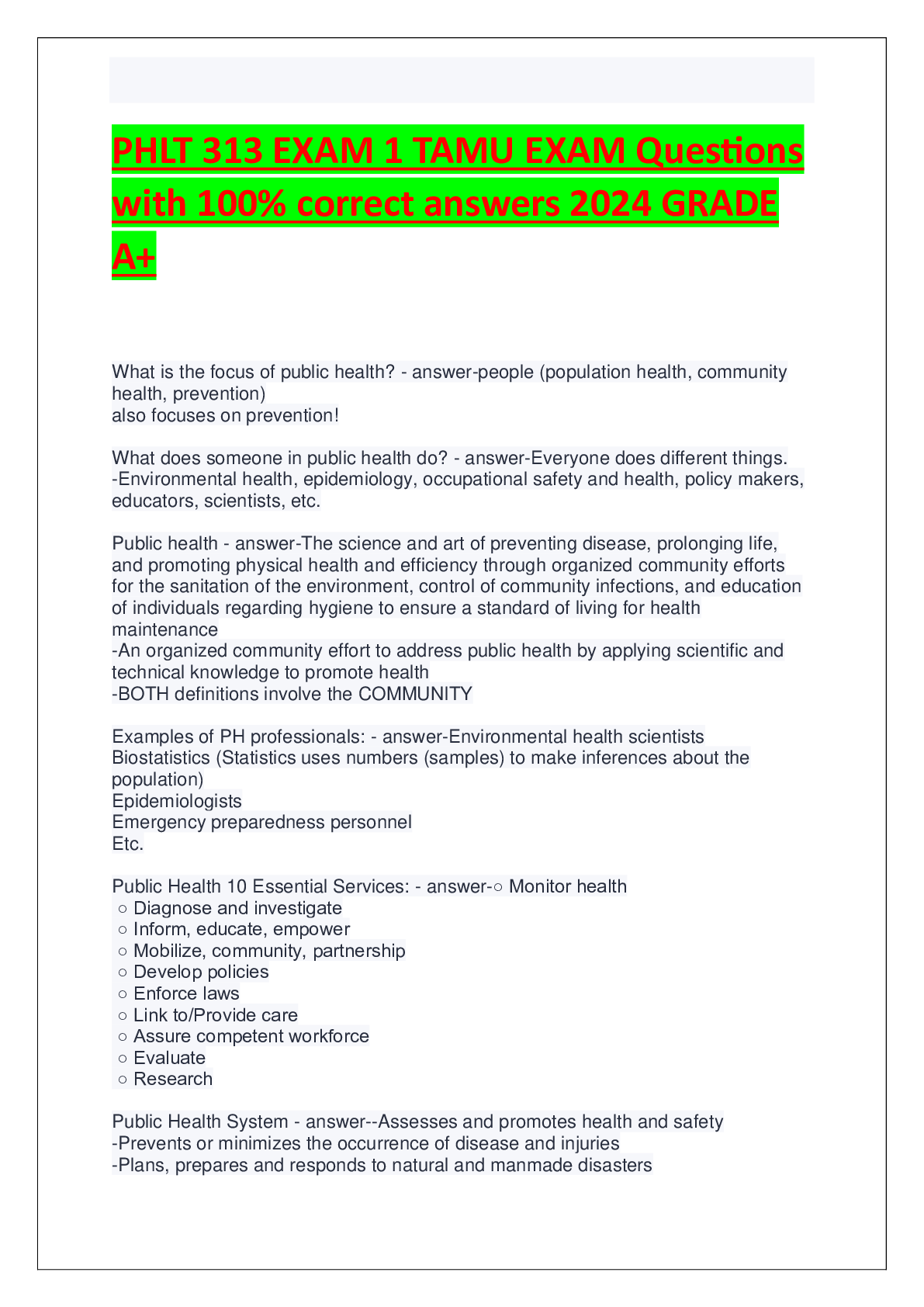
PHLT 313 EXAM 1 TAMU EXAM Questions with 100% correct answers 2024 GRADE A+
$ 9.5

Master of Health Administration – MHA 707 Exam B Actual Questions with Complete Verified Solutions 2025/2026 | A+ Graded
$ 14.5

NUR 2392 / NUR2392 Multidimensional Care II / MDC 2 Exam 2 Latest Update Rasmussen
$ 13

HCA415: Community & Public Health _ Week 3 – Assignment 1 – 11 Blue Men. University of Arizona Global Campus
$ 9.5

Pearson Edexcel Level 1/Level 2 GCSE (9–1)_Computer Science_1CP1/02 Question Paper June 2021 | Application of Computational Thinking
$ 7.5

NICET LEVEL 1 IN HIGHWAY CONSTRUCTION 2024 EXAM.pdf
$ 16
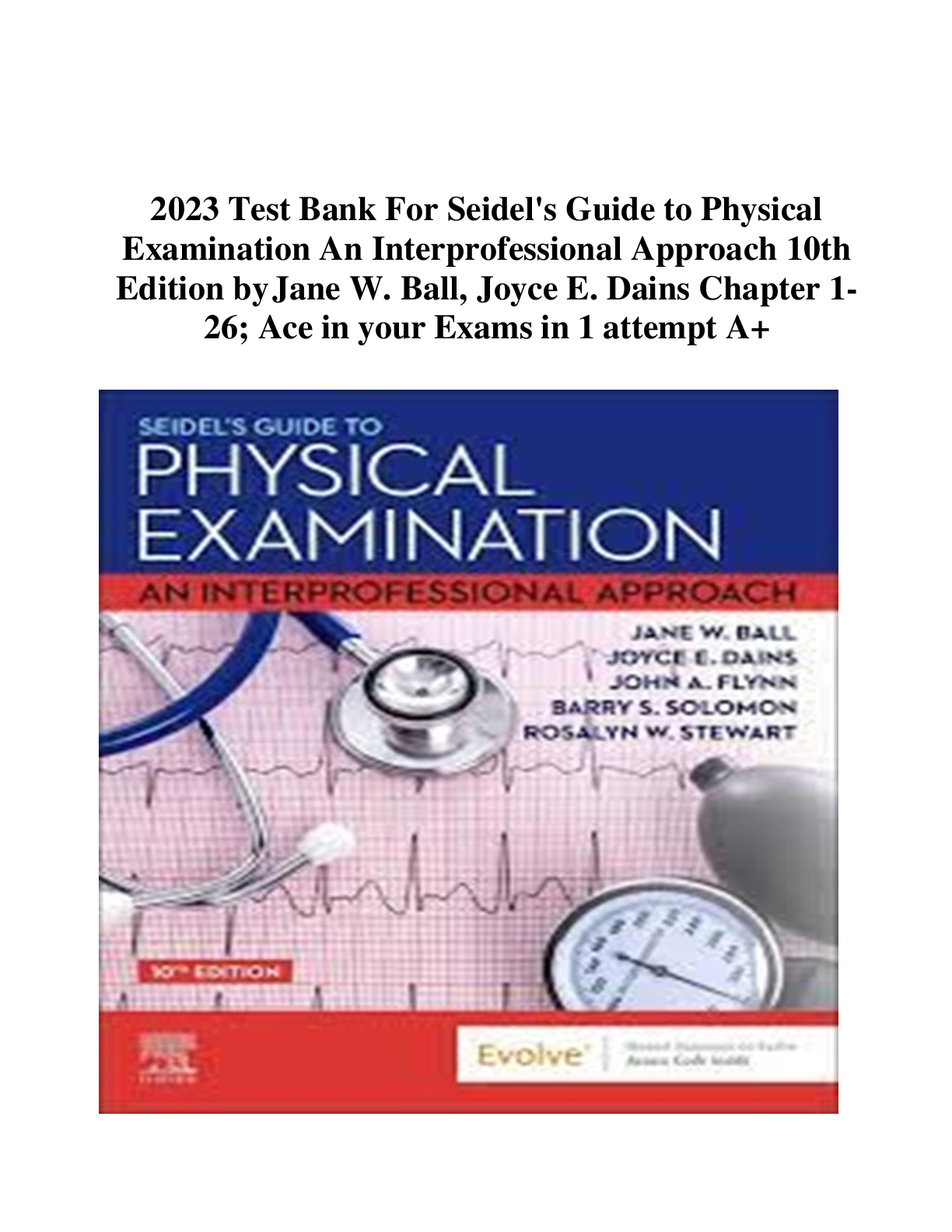
Test_Bank_For_Seidel's_Guide_to_Physical_Examination_An_Interprofessional
$ 15

Introduction to Probability and Statistics Probability & Statistics for Engineers & Scientists | Handout #1
$ 10
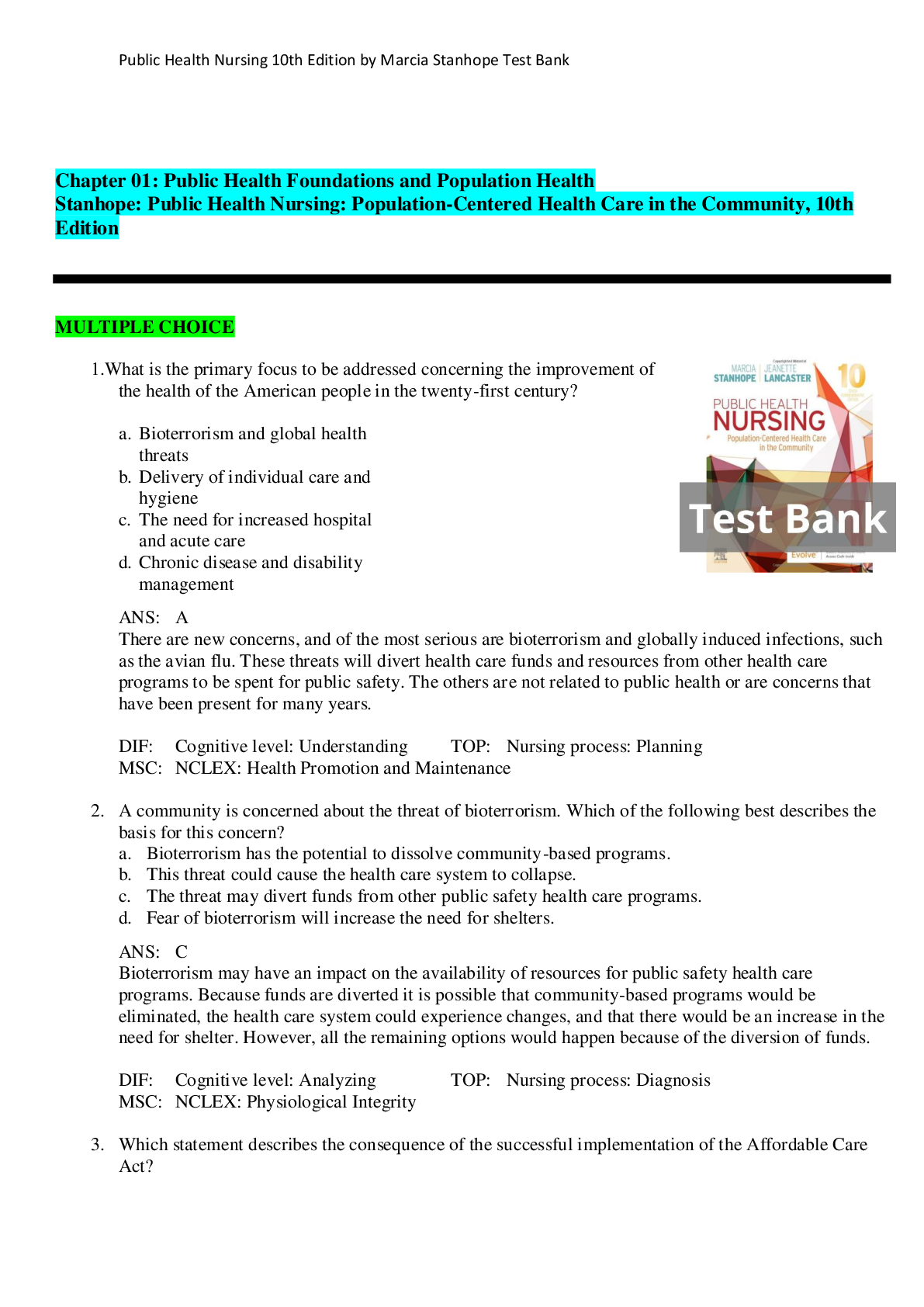
Test_Bank_for_Public_Health_Nursing_10th_Edition_by_Marcia_Stanhope
$ 15
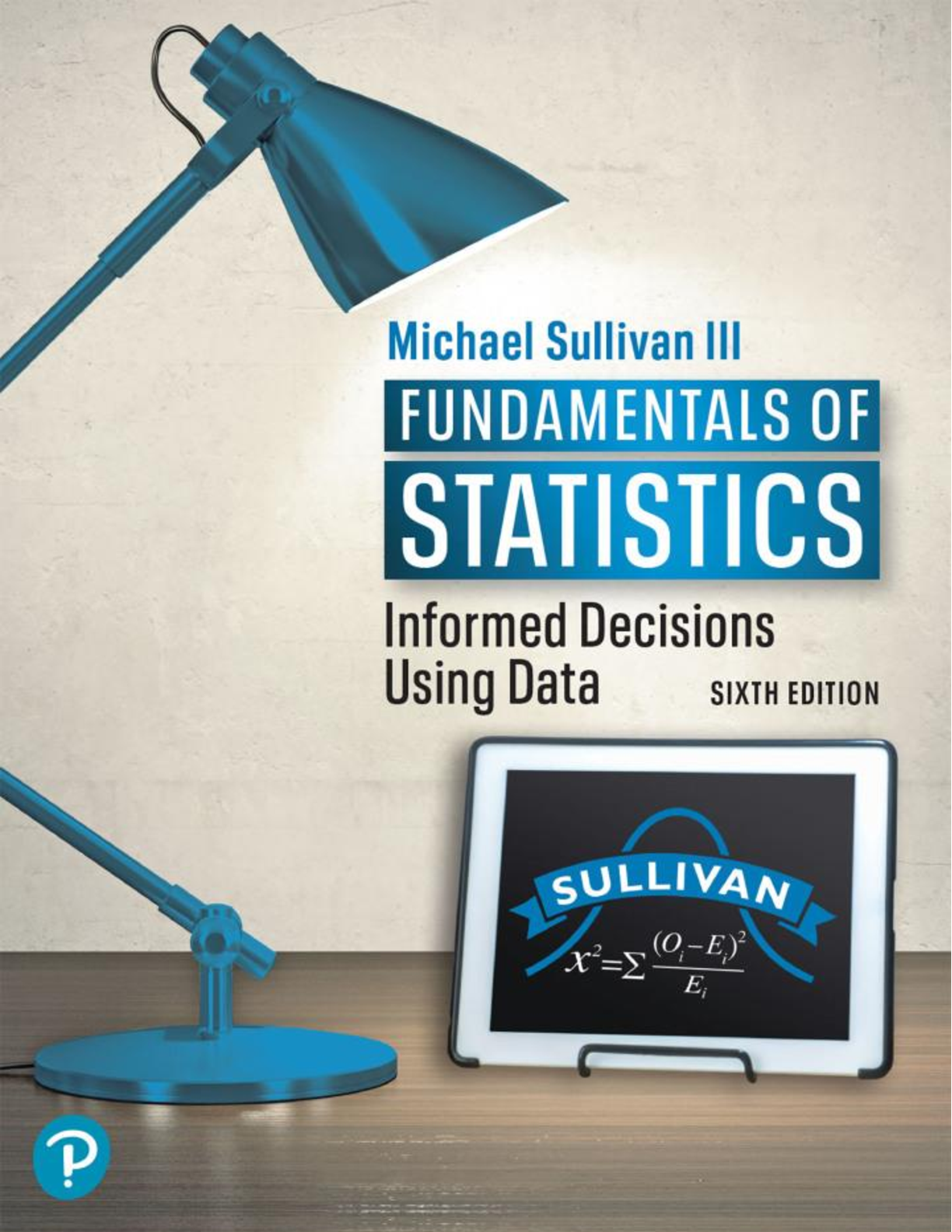
eBook [PDF] Fundamentals of Statistics: Informed Decisions Using Data 6th Edition by Michael Sullivan III
$ 20
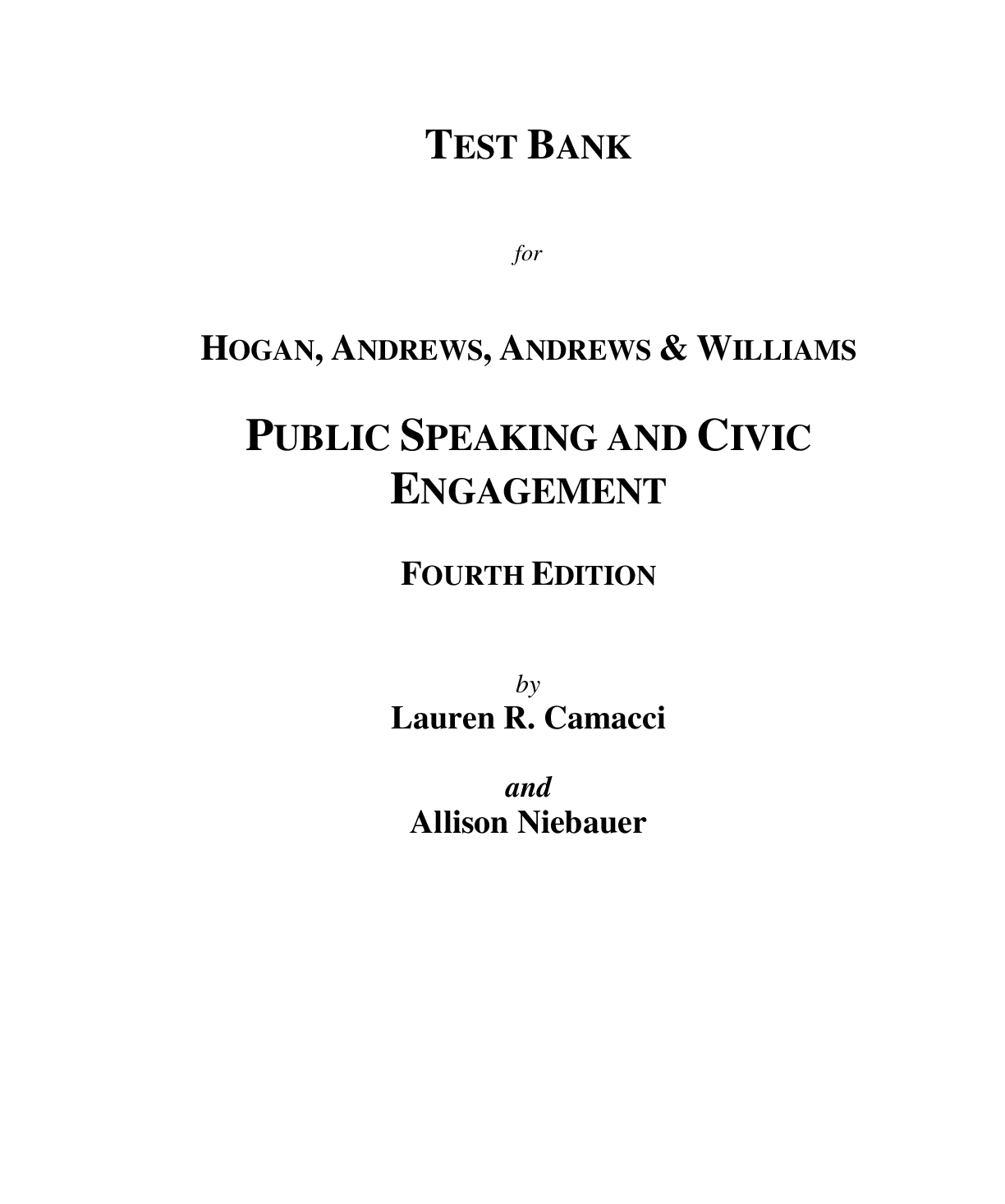
Test Bank for Public Speaking and Civic Engagement 4th Edition By Michael Hogan (All Chapters, 100% Original Verified, A+ Grade)
$ 29
.png)
Laboratory Exercise 8 - Changing Coastlines and Coastal Processes<GEOL 1014<
$ 7

HESI A2 (NURSING ADMISSION TEST) NEW FILES VERIFIED || ALL IN ONE 2025|2026






.png)
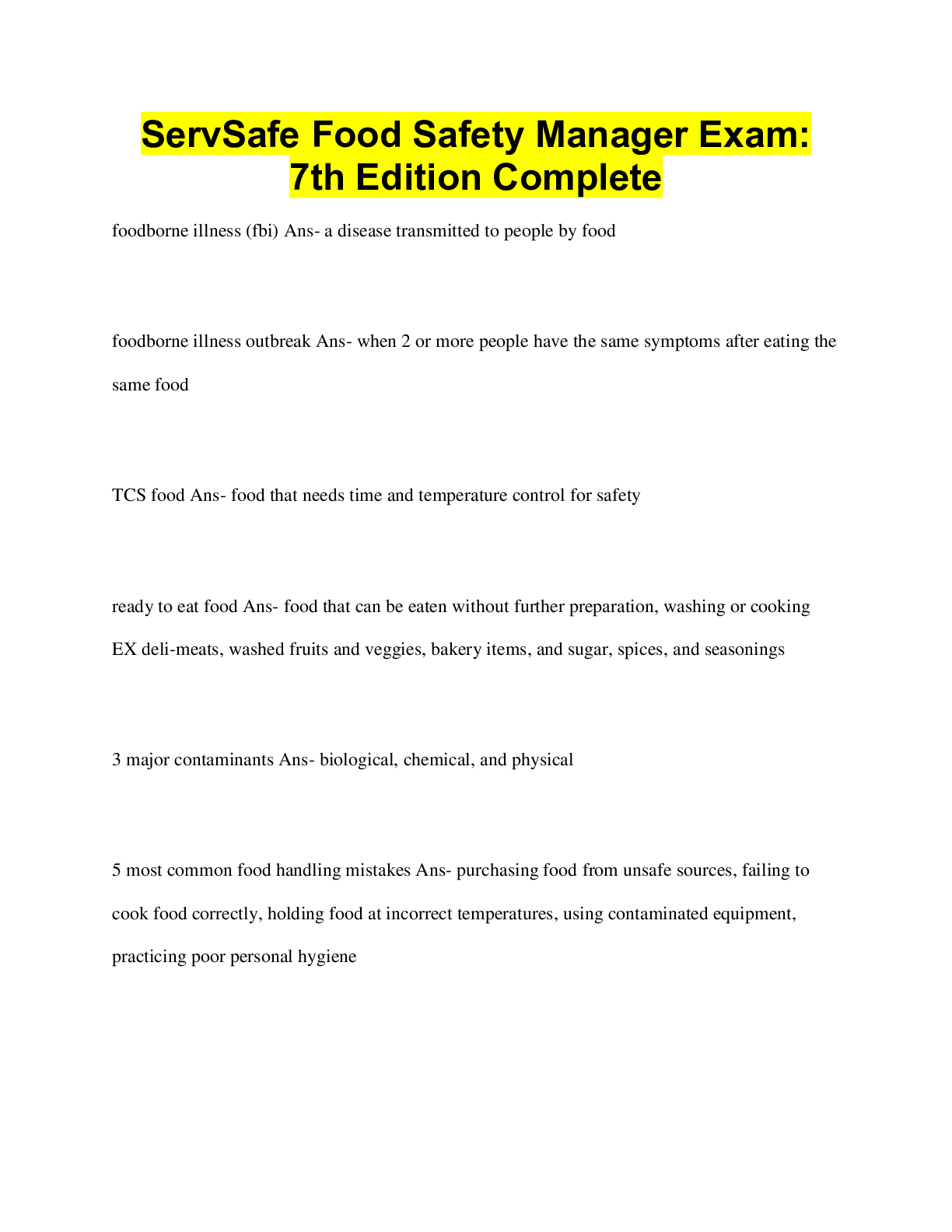
.png)

